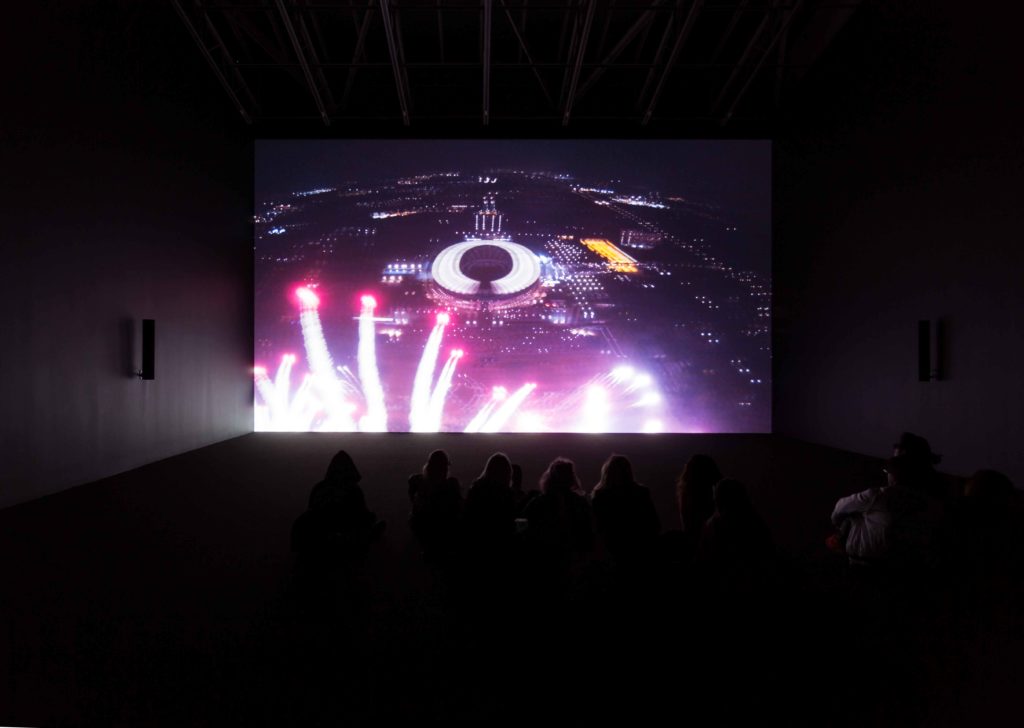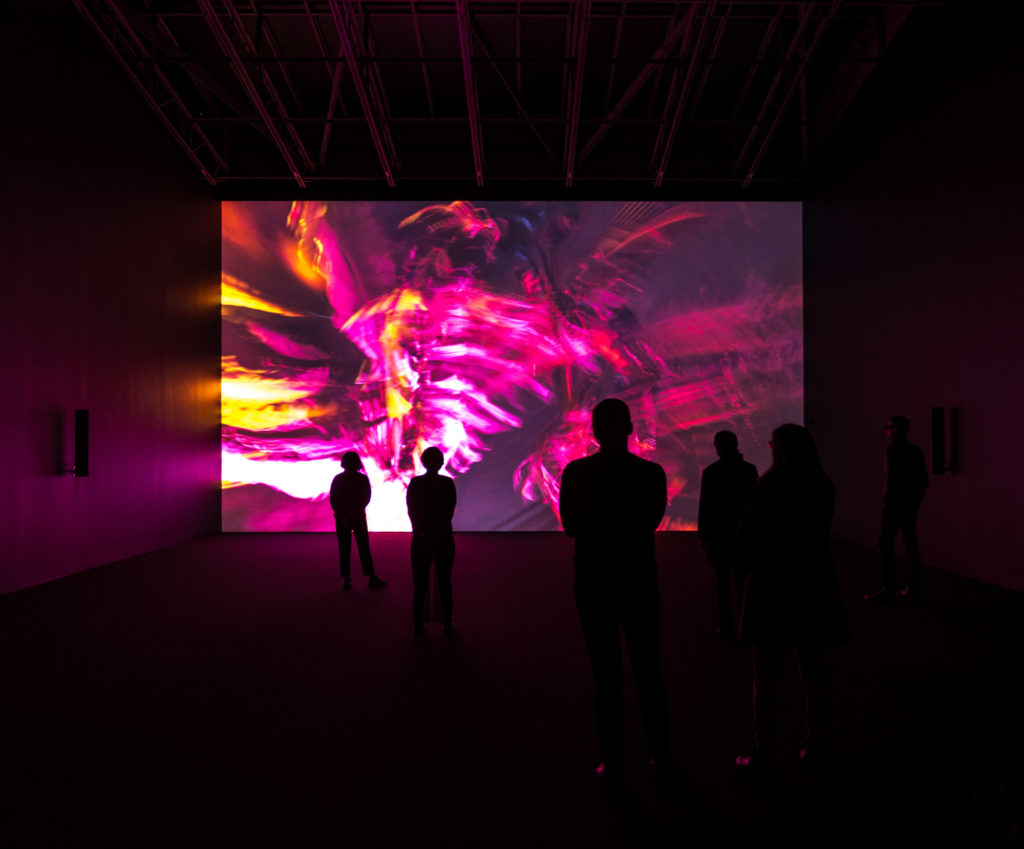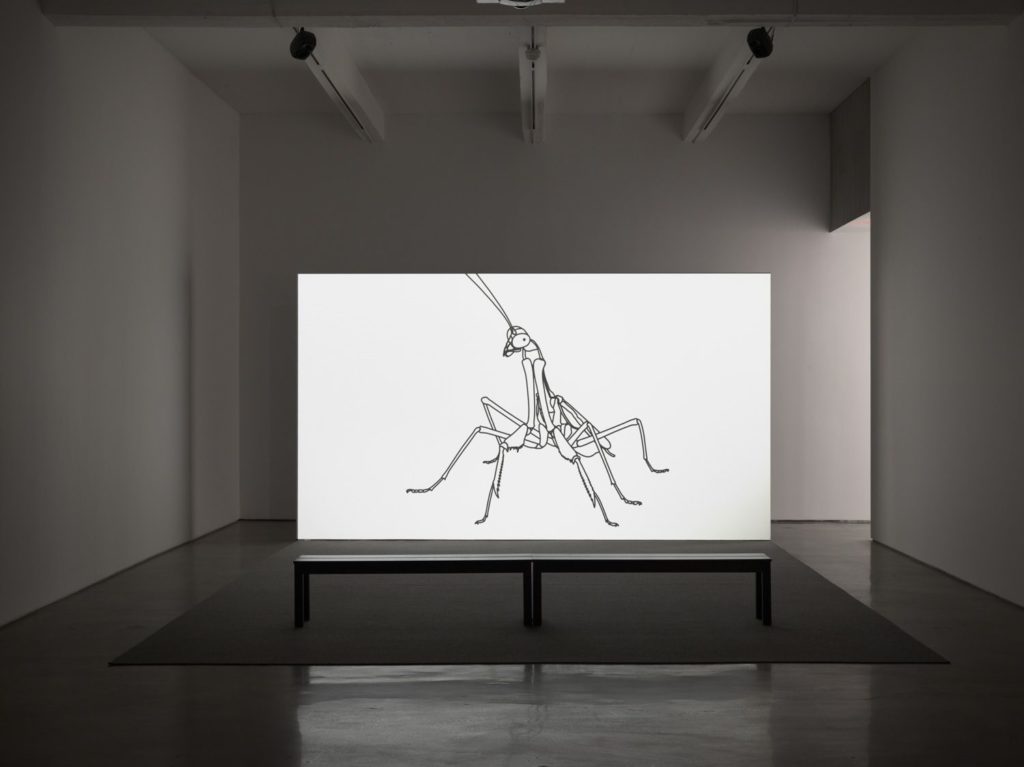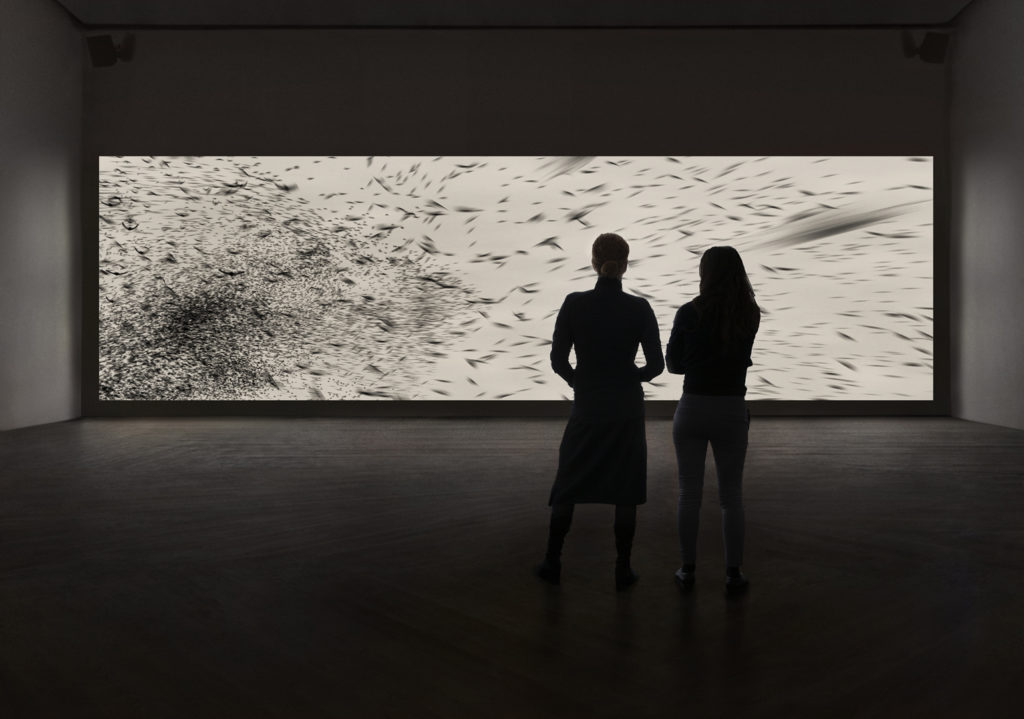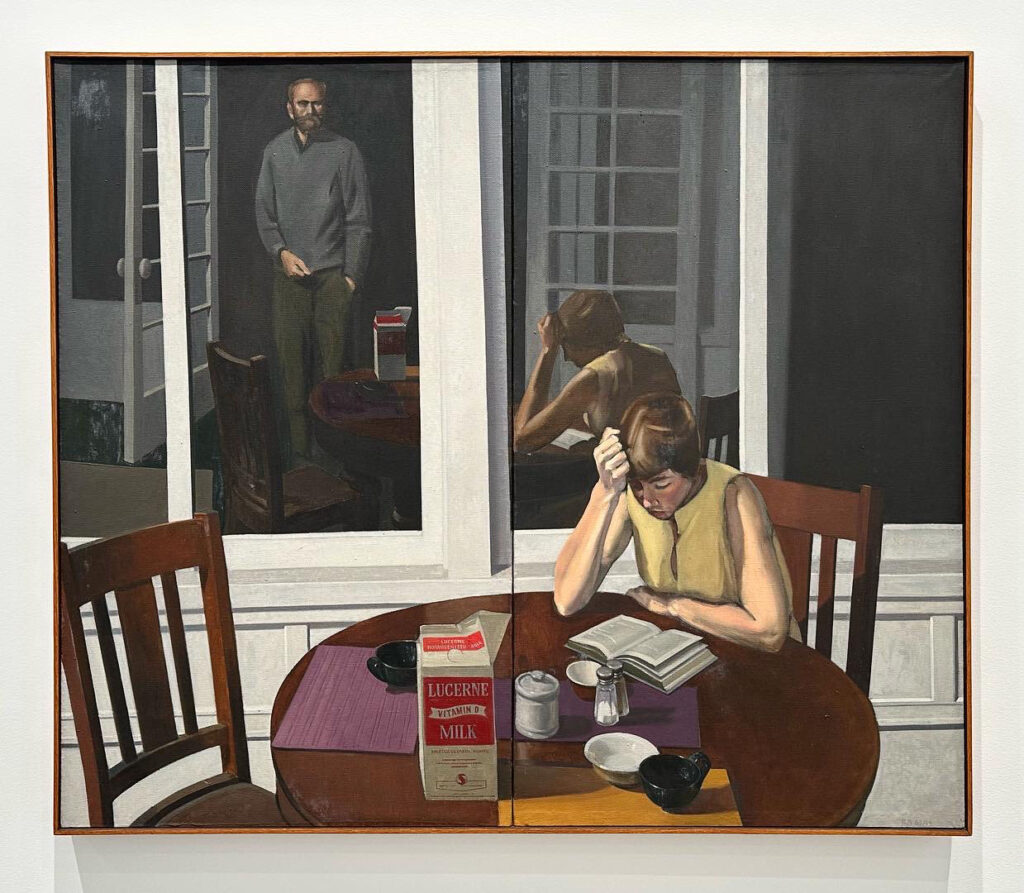
“Nancy Reading”, 1963-1964, Oil on canvas
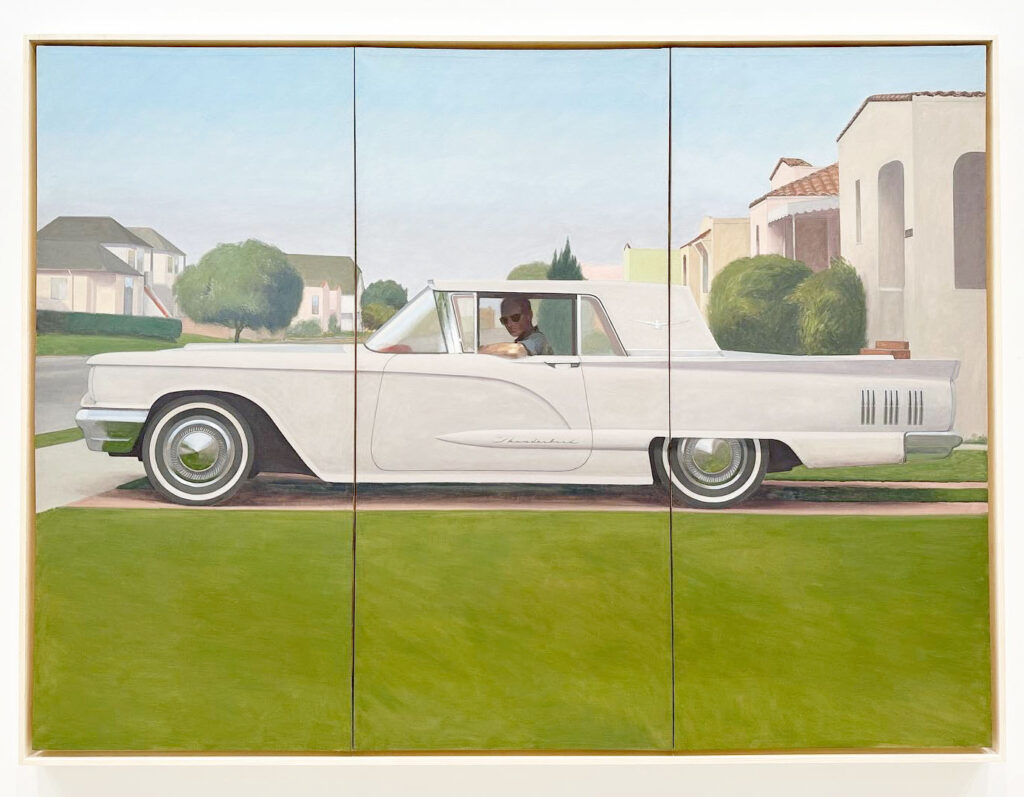
“60 T-Bird”, 1964, Oil on canvas
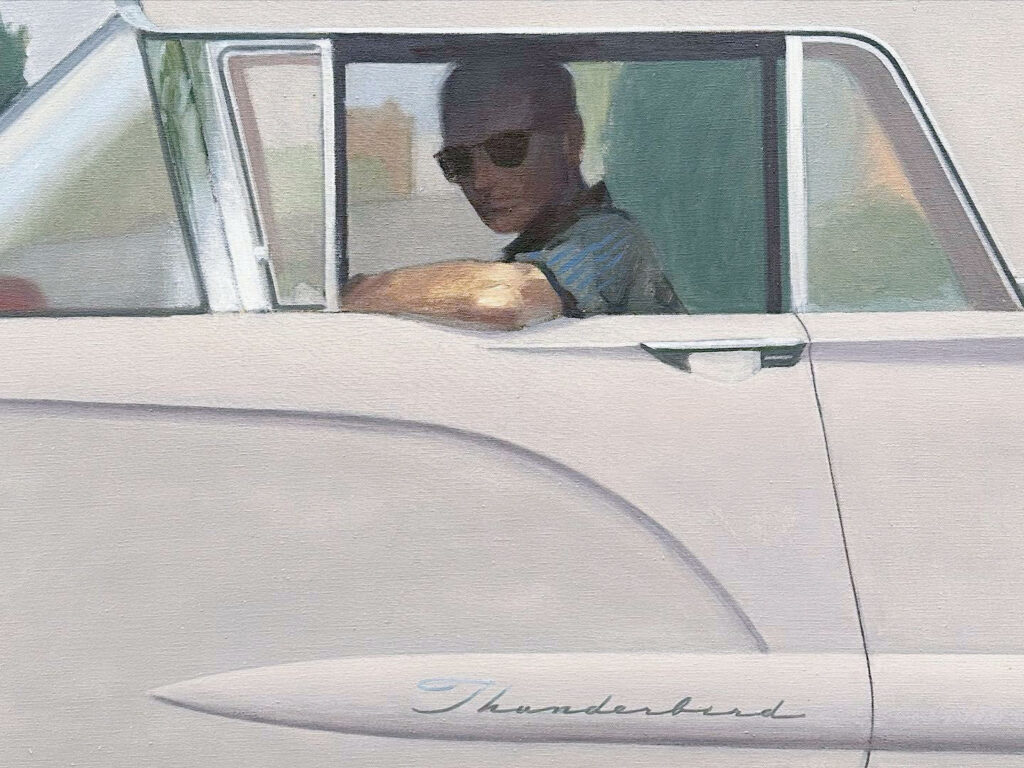
“60 T-Bird”, 1964 (detail)
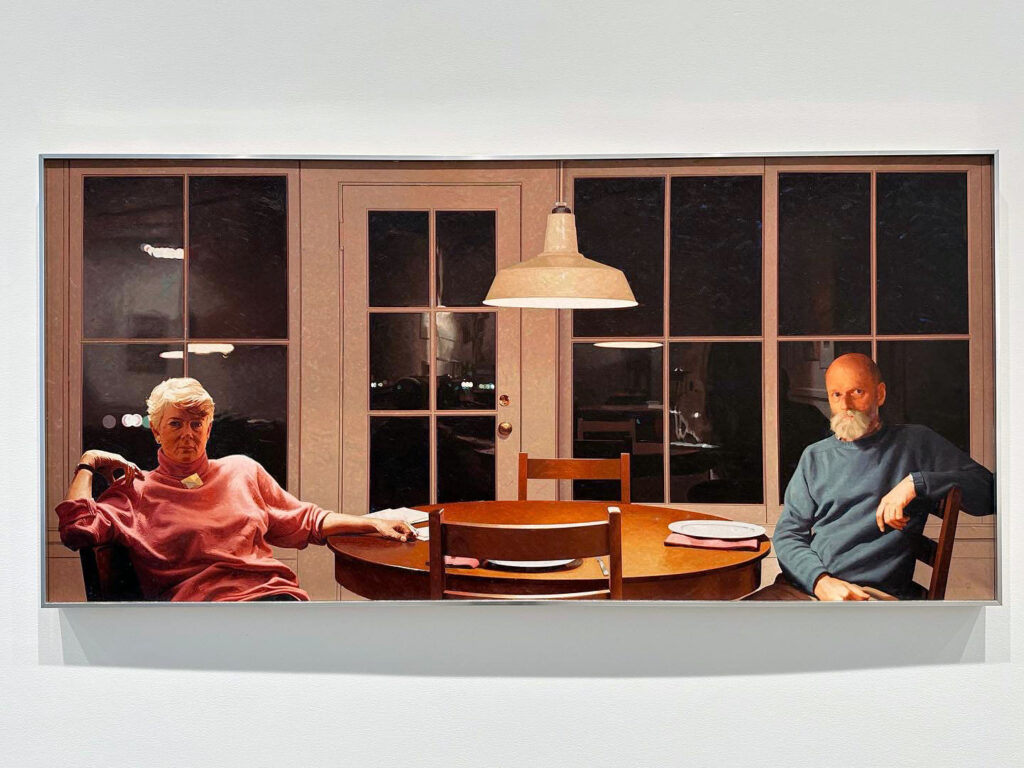
“Potrero Table”, 1994, Oil on canvas

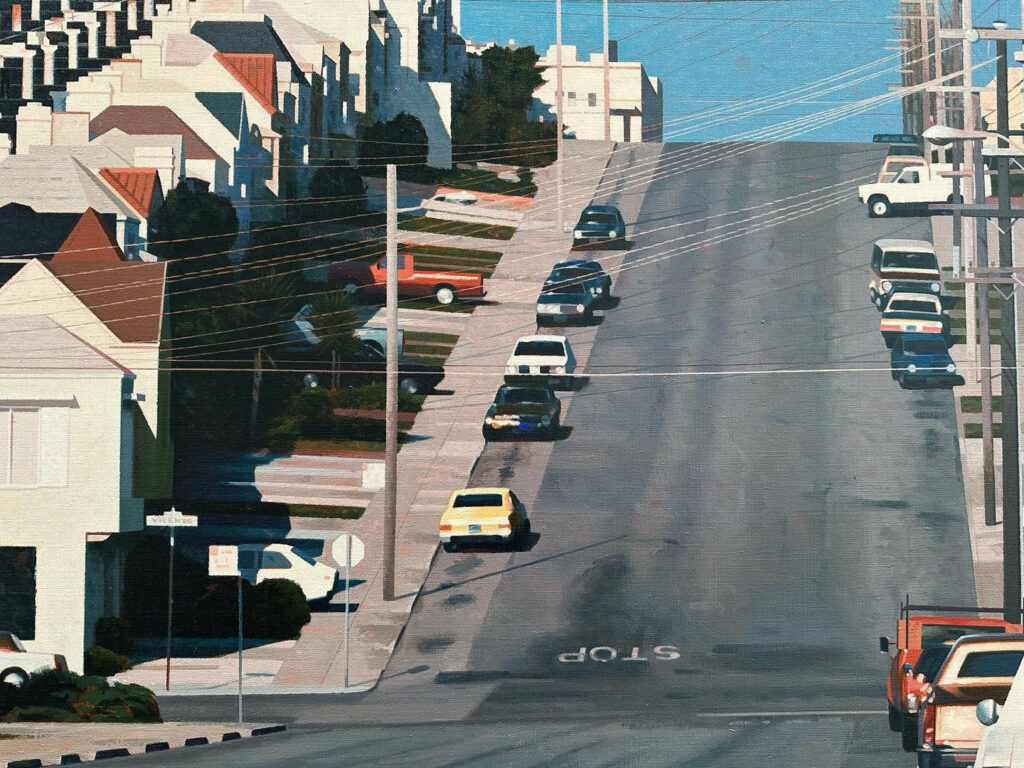
Gladstone Gallery is currently showing an exhibition of captivating work by the late Robert Bechtle. The show includes paintings, watercolors, and drawings.
From the press release-
In Bechtle’s works, classic cars, urban and suburban streetscapes of his native Bay Area in California, and portraits of himself and those close to him are transposed with a candor and familiarity that allows the viewer to absorb quotidian scenes with a heightened and sharpened awareness. Formally flawless, the artist captures every detail, shadow, and reflection to further draw the viewer into each quiet scene. While many of his works are depicted with realist precision, others are portrayed by employing a looser, Impressionistic technique, demonstrating the artist’s fluid ability to memorialize moments in time without one set approach. Beyond these physical attributes, Bechtle has an astute aptitude for bringing to life the unseen facets of an instance in time: isolation, emptiness, contemplativeness, and the passage of time and light are transformed from invisible characters to palpable features that seem to become secondary subjects of the works. Through an unmatched ability to depict light and details with the exactitude of a Renaissance painter, subtle details, and textures, these overlooked, everyday vignettes are transformed into significant life moments that tell a deeply personal story of contemporary life.
Another important component of this exhibition are a series of significant portraits and self-portraits made throughout his career. In Potrero Table (1994), Bechtle depicts himself and art historian Whitney Chadwick, his second wife of nearly 40 years, sitting at the dining table at their house in Potrero Hill. With astonishing clarity, the artist meticulously captures every detail of the late-night scene. Frequently turning the lens back onto himself for the entirety of his artistic practice, Bechtle’s self-portraits lay bare the process of aging, and the physical and psychological changes that come with the lived experience. These tender and honest chronicles are essential clues to understanding Bechtle’s overall artistic oeuvre, the care he had for Whitney, and highlight his ability to separate from the constantly moving and evolving world in order to pause and reflect on his surroundings with clarity and rigor. Through intense concentration and sensitivity, Bechtle’s wide-ranging body of work chronicles a remarkable life, filled with the beautiful, overlooked, and often discarded instances that make it so special.





